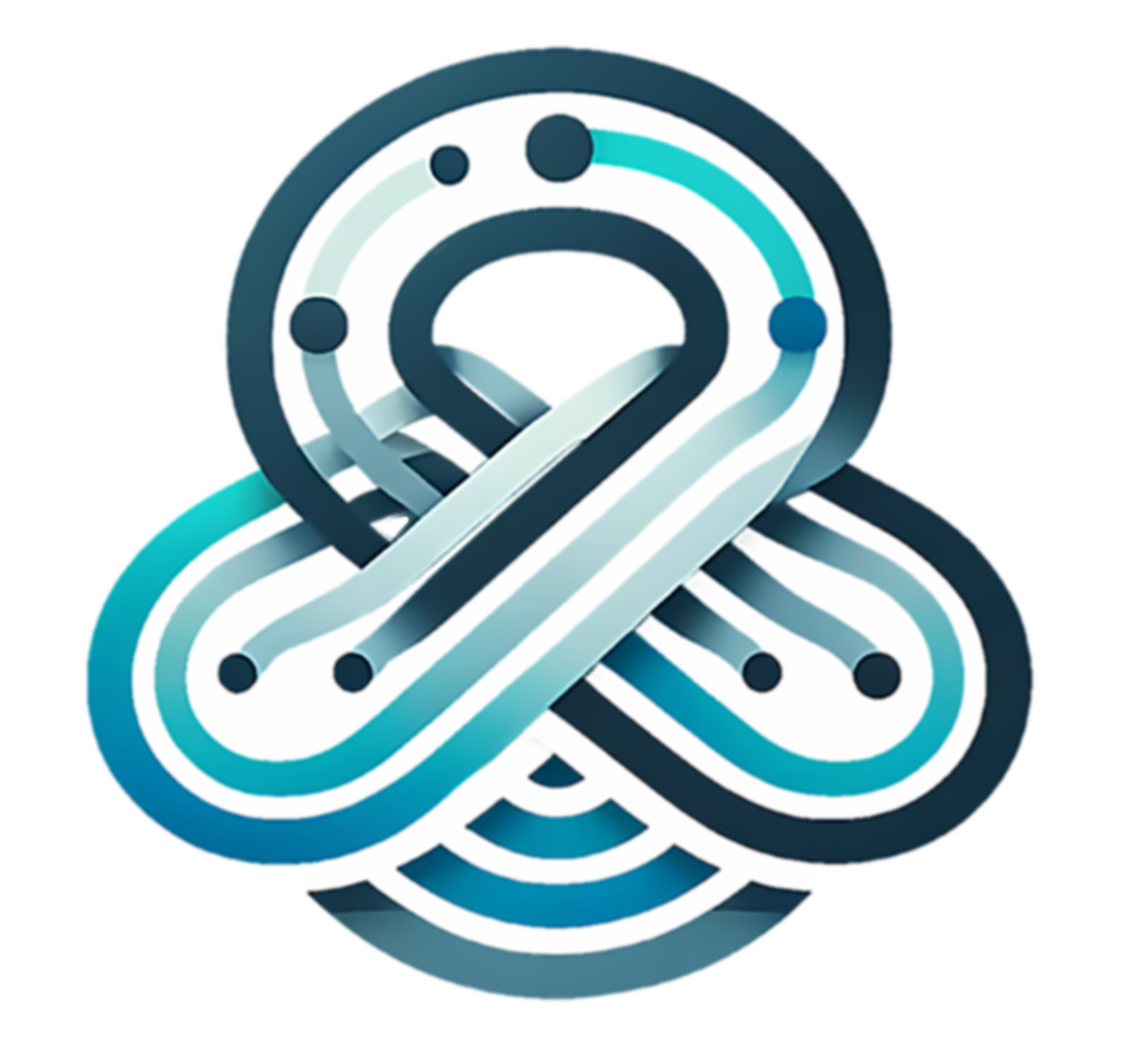Overview
Braids are the core component of Databraid, representing visual workflows or pipelines that define the flow of data and the sequence of operations. They provide a powerful and intuitive way to create complex data processing tasks, interactive applications, and automated workflows by leveraging the concepts of nodes, beads, events, and APIs.
What are Braids?
A braid is a visual representation of a series of interconnected nodes and beads, where each node or bead performs a specific function or operation on the data. Nodes and beads are connected by wires, forming a directed graph that determines the flow of data from one element to another.
Braids allow you to break down complex tasks into smaller, manageable steps, represented by individual nodes and beads. By connecting these elements together, you can create sophisticated workflows that transform, analyze, and visualize data in real-time.
Key Features of Braids
-
Visual Programming: Braids provide a visual programming paradigm, allowing you to create workflows by dragging and dropping nodes and beads onto a canvas and connecting them with wires. This visual approach makes it easier to understand and design complex data processing tasks.
-
Data Flow: Braids define the flow of data between nodes and beads. Each node or bead receives input data, performs its designated operation, and passes the output data to the next connected element. This data flow model enables you to create pipelines that transform and process data in a sequential or parallel manner.
-
Modularity: Braids are modular by nature. Each node or bead encapsulates a specific functionality, and these elements can be reused across different braids. This modularity promotes code reusability, maintainability, and the ability to create complex workflows by combining simple building blocks.
-
Event-Driven Execution: Braids follow an event-driven execution model, where events trigger the flow of data through the nodes and beads. Events can be generated from various sources, such as external triggers, node outputs, or user interactions. This event-driven approach enables reactive and asynchronous processing, allowing braids to respond to real-time data streams or external triggers.
-
Customization: Databraid provides a wide range of built-in nodes and beads that cover various functionalities, such as data manipulation, event handling, audio and video processing, and more. Additionally, you can create custom nodes and beads using JavaScript or Python, allowing you to extend the capabilities of Databraid to suit your specific needs.
-
API Integration: Braids can be seamlessly integrated with external systems and services through the Databraid API. The API allows you to trigger the execution of braids, pass input data, and retrieve the processed results programmatically. This enables the integration of Databraid workflows with other applications or services.
Creating Braids
To create a braid in Databraid, you start by adding nodes and beads to the canvas. Each node or bead represents a specific operation or function, such as data input, transformation, filtering, or output. You can configure the properties and settings of each element to customize its behavior.
Once you have added the necessary nodes and beads, you connect them using wires to establish the desired flow of data. The wires define the connections between the elements, specifying how data should be passed from one node or bead to another.
As you build your braid, you can preview the results and test the functionality in real-time. Databraid provides a live preview feature that allows you to see the output of each node or bead and debug your workflow visually.
Executing Braids
When you have finished designing your braid, you can execute it to process the data and achieve the desired outcome. Databraid’s execution engine takes care of running the braid, ensuring that data flows through the nodes and beads in the specified order and that each element performs its designated operation.
During execution, events propagate through the braid, triggering the processing of data at each node or bead. The event-driven nature of braids allows for efficient and asynchronous processing, enabling real-time data handling and responsiveness.
You can monitor the execution progress, view the intermediate results, and make adjustments to the braid if needed. Databraid provides debugging tools and logging capabilities to help you identify and resolve any issues that may arise.
Braids in Databraid offer a powerful and intuitive way to create data processing workflows, interactive applications, and automated tasks. By visually connecting nodes and beads, defining the flow of data, and leveraging event-driven execution, you can build complex systems with ease. The modular nature of braids, combined with real-time processing capabilities, customization options, and API integration, makes Databraid a versatile tool for a wide range of data-driven projects.
Whether you are a data scientist, developer, or creative professional, Databraid’s braids empower you to bring your ideas to life and streamline your data processing workflows.
During execution, you can monitor the progress, view the intermediate results, and make adjustments to the braid if needed. Databraid provides debugging tools and logging capabilities to help you identify and resolve any issues that may arise.
Braids in Databraid offer a powerful and intuitive way to create data processing workflows, interactive applications, and automated tasks. By visually connecting nodes and defining the flow of data, you can build complex systems with ease. The modular nature of braids, combined with real-time processing capabilities and customization options, makes Databraid a versatile tool for a wide range of data-driven projects.
Whether you are a data scientist, developer, or creative professional, Databraid’s braids empower you to bring your ideas to life and streamline your data processing workflows.
